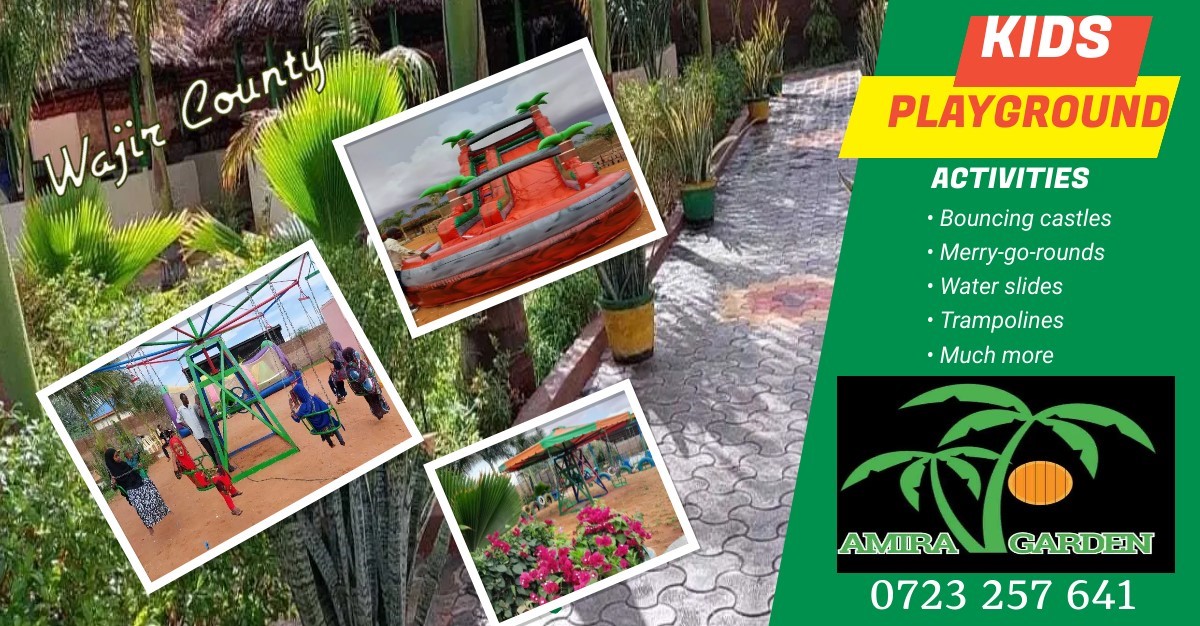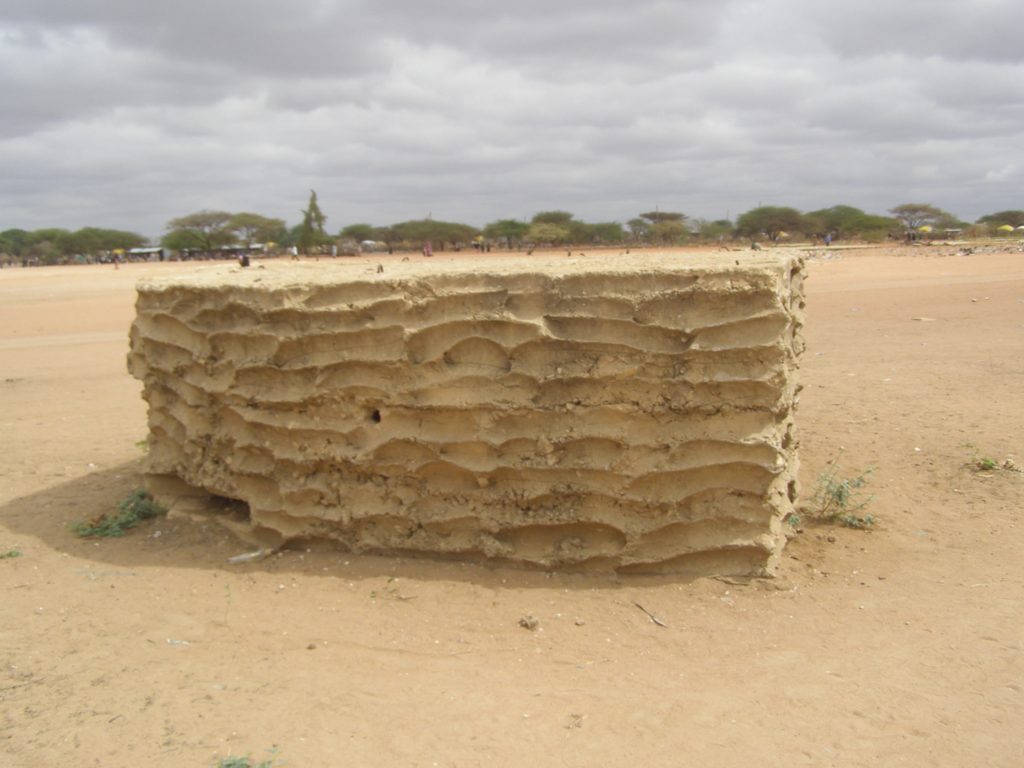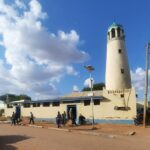By Abdullahi Jamaa
Beside soaring poverty levels, devastating climate change makes Wajir county a sleepy one, yet what sets Wajir is its rich cultural heritage that makes its people and places distinctively unique.
The vast county is full of history everywhere you look and go. It is the oldest in the former Northern Frontier Districts and it has many ancient structures, fascinating colonial buildings and places.
Wajir is rich in cultural heritage and historical remains. Although the infrastructure for tourism is poor, there are enough sites today.

Contemporary Wajir is largely underdeveloped, but it is a place where some excellent and exotic wildlife lurk both in the periphery of town and in the remote hamlets.
The county is one of the few remaining outposts in Africa where ancient pastoralism is widely practiced and thus it has tantalizing touristic sites worth a visit. Pastoralism itself is getting extinct in these modern times, but Somalis have stood by their camels, goats and cattle.
One of the most outstanding attraction sites is Orahey wells located in the heart of the old town.The wells that are located a few meters from the main trading centers are a plain sailing from one-two-three luxurious hotels that are cropping up in the promising town.
Looking from far, the wells appear like a plain barren landmass, a desolate red desert with few patches of unprotected acacia trees surrounding the dusty earth, seemingly meeting the horizon with skies bereft of clouds.
It is also a place where the first shining rays of the desert sun hits straight into the sandy earth. Orahey is a Somali word which means the place with a lot of sun.
The area around the wells is generally dry most times of the year except during banner rainy seasons when a large pool of water forms around the earth surface and appears refreshingly a sandy beach.

The National Museums of Kenya lists Orahey as one of the few heritage sites in the country with a potential to attract tourists seeking wild adventures and much more it is a research site for scientists and experts exploring pastoralism.
Over several decades, the wells acted as a resourceful water point with its numerous water wells that cover a substantially large tract of land, although, over the past few years, much of its land has been encroached by private developers.
These water wells that have been in existence for the last 200 years have been the lifeline for the livestock, which is the lifeblood of the local fragile economy.
The water level in this area is less than 20m below ground level and today, geologist believe that Orahey is the source of underground water in the land-locked Wajir town which has hundreds of shallow wells spread in the town and neighbouring villages.
Today, there are no animals that are drinking water from Orahey, the wells are no longer filled with plenty of water as they were centuries ago. Urbanization has dealt a deadly blow to its historic function.
These days the wells are not used as a source of water for livestock, because over the past few years a number of water sources have been developed in pastoral settlements far away from the town.
One thing is however clear, Orahey is one of the momentous icons of the Somali nomadic lifestyle that defines the Somali culture and tradition.
It is these water wells like Orahey, the desiccated flat terrains and the vast wilderness from which all Somali traditions spring, forming the foundation for the community and its rich cultural heritage handed down to generations of camel herders and pastoralists.
It is Orahey ground that reminds the residents about the history of the vast open county with huge herds of camels, sheep, and goats.
World War II
Orahey is also well known for its role during the World War II, when the Italians tested the tenacity of the British and Commonwealth forces along the borders of Kenya.
It was one of the desert military stations where the Italian Caproni bombers put up a defensive military operation to dislodge the advancement of the British forces in 1940.

The Italian Royal Army (Regio Esercito) in East Africa adopted a defensive posture against the strong British counter-attack. They constructed trenches and bunkers in a number of places in Northern Kenya.
Today, a gun turret –also called a trench bunker – used by the Italians during the World WarII is clearly visible in Orahey wells.
The war facility has not been protected, and it is made up of strong concrete blocks that will not be destroyed easily anytime soon.
There are a number of turrets here in Wajir, they are very strong and can stay put for thousands of years. But at least they must be protected as historical sites.
Wajir boasts an edifying heritage and its surrounding environs of intrinsic wildlife sancturay makes it a potential for tourism that hitherto remains untapped. Yet threats to ancient Orahey and other sites are enormous as residents, the country government and the Kenya National Museums are all worried about its future.
The wells are not protected as pollution as a result of litering is a looming disaster. Orahey is threatned too by unabated encroachment that may soon burry its rich history for ever.
Economic analysts now say that the potentials of cultural heritage resources must be highlighted for future possibilities of education, job opportunities and tourism.
Very little effort has been put on the preservation of cultural heritage in Wajir and other counties in Northeastern in the last decade or so. County governments need to carry out urgent interventions to aid in the restoration of important sites.












